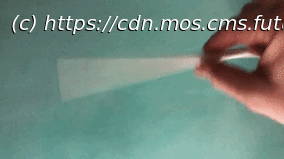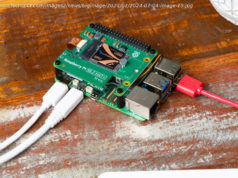Here’s the science behind the rubber pencil illusion.
If you want to see a rigid pencil turn to rubber, just ask an elementary-school student. In a favorite playground trick, an amateur magician picks up a pencil near the tip and lightly jiggles the whole thing up and down. When the illusion is performed correctly, the straight line turns into a wiggling wave. So, how does the rubber pencil illusion work? Let’s start with the simple explanation: Your eyes and brain just can’t keep up. When light enters your eyes, receptors called rods and cones pass a signal along nerves to your brain, which processes it. Think of each of those signals as a photograph. Your brain ties those images together so that they appear to move smoothly, just as they do in a flip-book. „The eyes tend to sum up light over time,“ said Jim Pomerantz, a cognitive psychologist who studies visual perception at Rice University in Texas. Related: Why are flies so hard to swat? But humans have remarkably slow visual systems, Pomerantz said. Humans can process 50 to 100 individual frames — pages in that flip-book — per second, depending on the size of what we see, according to a 2016 study published in the journal PLOS One. For context, some bird species can process 145 frames every second. There is some evidence to suggest that houseflies can process upward of 270 frames per second, and the fastest flies can process 400 frames a second. When tracking a fast-moving object, your visual system actually doesn’t sense the object moving in real time. Instead, each frame of motion leaves roughly a milliseconds-long impression on your retina, the part of the eye that senses light.






